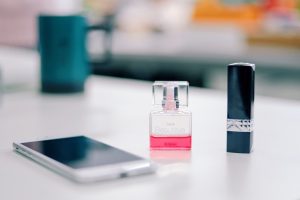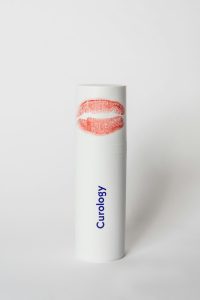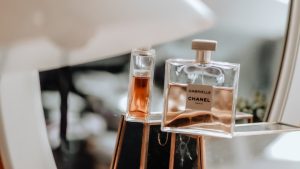A lip tattoo is a procedure where colour pigments are inserted into the lips using tattooing needles, either for art or as a form of permanent makeup, known as a cosmetic lip tattoo.
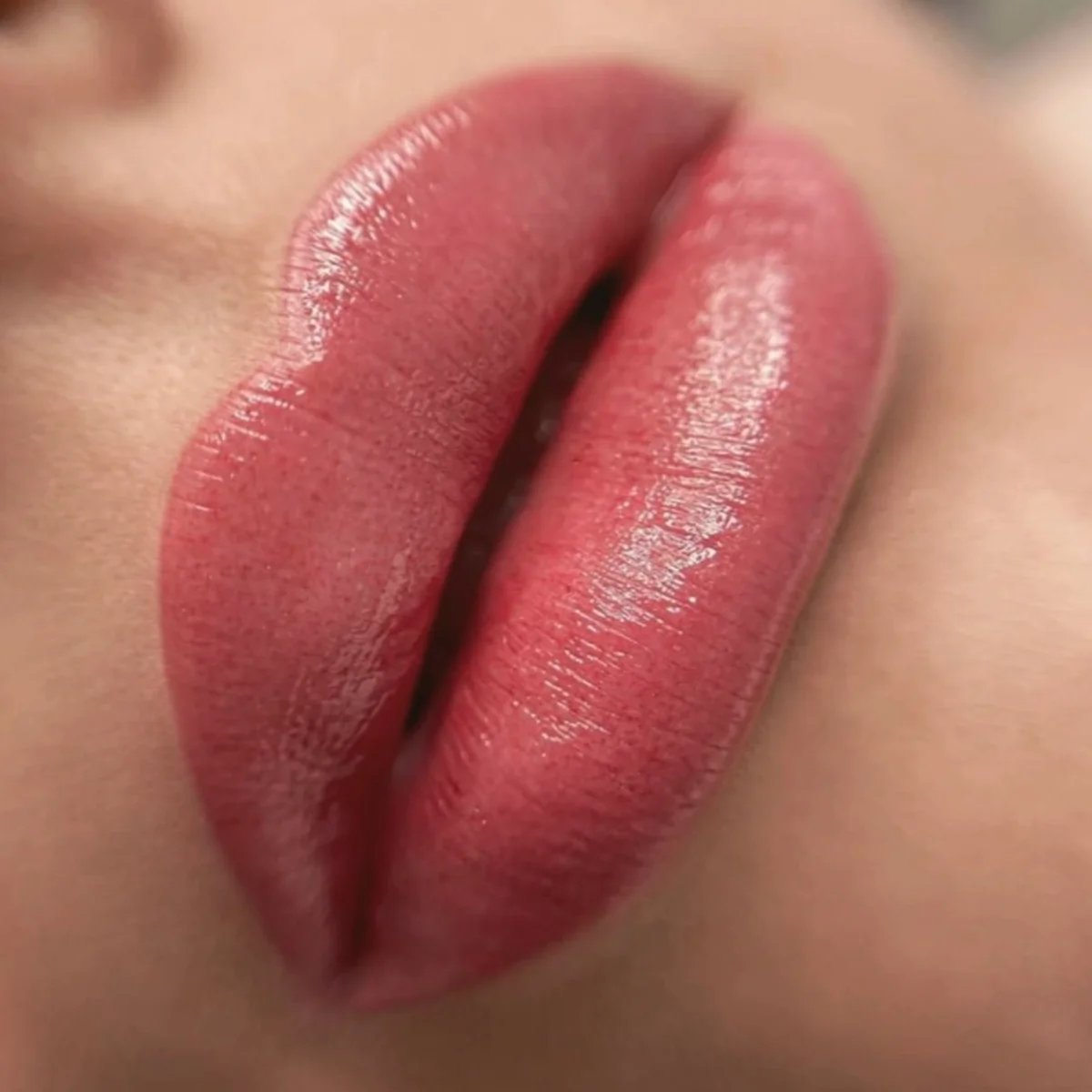
Getting a lip blush on the inside or outside of your lips can be painful and may increase the risk of infection. Before you decide if they are right for you, you need to study all the information about lip tattoo Melbourne.
Lip tattoo fast facts
About:
- Lip tattoos can be done on either the inside or outside of your lips, and permanent makeup can be tattooed on your lips.
Safety:
- Selecting a well-known tattoo artist and shop can decrease the likelihood of complications. Infections are more prevalent with this cosmetic tattoo procedure due to its difficulty in keeping them clean.
Convenience:
- Tattoos around the lips can be painful due to the sensitivity of the mouth area.
Cost:
- The average cost of a lip-colour tattoo is $50 or more.
Efficacy:
- Lip blush tattoos tend to fade faster than tattoos on other parts of the body, often requiring touch-ups every few months, whereas most tattoos last for years.
What is the cost of lip tattooing?
The cost of lip tattooing can differ depending on factors such as tattoo size, design complexity, ink colour, and provider.
The permanent makeup ink typically costs between $400 and $800, covering the entire outer lip area.
Small tattoos on the lips can be as affordable as $50, but it’s important to remember that they may need frequent touch-ups, potentially leading to more expenses over time.
Potential risks or side effects
Permanent makeup procedures, including those on the lip area, come with risks and potential side effects that should be considered.
- Skin swelling is a natural reaction when tattoo needles create micro-injuries. The swelling should subside within a few days. Using cold packs can help reduce swelling.
- Infections can occur after getting tattooed lips for various reasons. The tattoo artist must use sterilised equipment and needles. Following proper aftercare instructions, like mouth rinse, is also essential. The lips are at a higher risk for infections due to contact with saliva, food, and drinks. Inner-lip tattoos are particularly vulnerable to infections due to moisture and bacteria in the mouth.
- Scarring can occur if cosmetically tattooed lips do not heal correctly and from allergic reactions and infections post-tattooing, increasing the risk of developing scar tissue at the site.
- Individuals with a history of skin allergies or sensitivities should discuss using non-allergenic ink with their tattoo artist. Symptoms of an allergic reaction may include itchiness, rash, and hives.
- Anaphylaxis is a severe allergic reaction that can occur after getting a tattoo. It has been reported in some individuals shortly after getting inked. The patient is expected to experience swelling of the lips after the blush lip tattoo Melbourne, but if you notice swelling in your neck and cheeks and have trouble breathing, seek emergency medical attention. Untreated anaphylaxis can be life-threatening.
- The transmission of blood-borne illnesses, such as hepatitis B, hepatitis C, and HIV, can occur when sterilised needles are not used.
Process of a lip tattoo
In a lip tattoo session, the artist typically starts by drawing the desired design and then tracing it onto the chosen area of your lips.
The artist’s tattooing procedure will use new, sterile needles to carefully insert the desired ink colours into your skin through slow, methodical punctures. After the tattoo, your lips will be covered with a sterile bandage to prevent infection.
Pain and bleeding are expected during the lip tattooing. The pain level may be higher when getting a lip tattoo than tattoos on other body parts, such as the arm or leg.
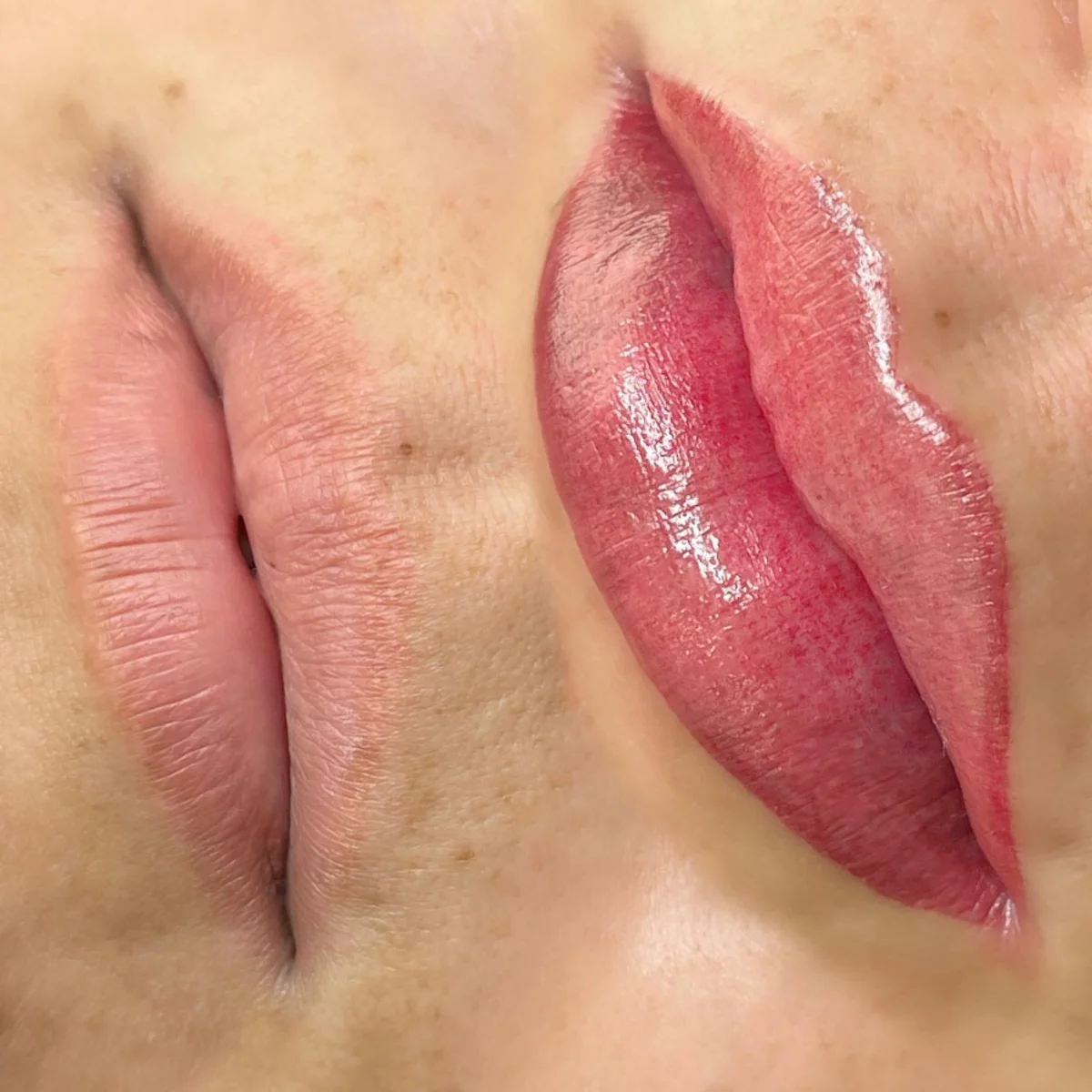
It typically takes about two weeks for a new tattoo to heal, so it’s essential to be familiar with aftercare instructions before leaving the studio. Additionally, an antibacterial mouth rinse may be needed as soap is not suitable for cleaning inside the mouth.
Preparing for a lip tattoo
Before getting cosmetic lip tattooing, deciding on the design and placement you prefer is important.
Before your appointment, avoid brushing your teeth or consuming liquids. It’s essential to be aware that the tattooing process may cause discomfort, as tattoo artists typically do not use anesthetics to avoid interference with the procedure.
Following any aftercare instructions provided by your permanent makeup artist, such as keeping the tattoo dry the first day and cleaning it properly to prevent infections, is essential.
Tips for selecting a professional tattoo for lips
Choosing a qualified lip tattoo master or aesthetician when getting permanent makeup is essential to reduce the risk of side effects. Look for a licensed artist for cosmetic tattooing at a reputable studio.
Tattoo parlours may need to be registered in some states, displaying a valid certificate on site, while regulations vary by state. It is advisable to check state regulations for specific requirements.
Ensuring that the artist’s cosmetic procedure uses inks designed explicitly for tattoos and proper cleaning and disinfecting procedures is essential. A trustworthy artist will wear gloves and utilise new needles, inks, and trays.
To ensure they are skilled in this area, one should inquire about a tattoo artist’s experience with lip tattoo cosmetics before getting one.
When considering an artist for a lip tattoo, reviewing their portfolio to assess their skills and techniques is essential. Keep in mind that not all professionals specialising in permanent ink are necessarily qualified to perform lip tattoo makeup.
What is the typical duration of a lip tattoo?
Over time, tattoo ink fades as the skin heals, including tattoos in the lip area.
Tattoos inside the mouth tend to fade quickly due to constant exposure to saliva, food, and drinks.
It is recommended to consult with your tattoo artist for advice on specific designs or colour choices that may increase the longevity of your tattoo.
Will you need touch-ups?
Regular touch-ups are recommended for lip tattoos to maintain the appearance, as fading is typical, and touch-ups may be needed every few months.
In some cases, touch-ups may be required for specific colours if your tattoo has faded, but a complete redo may only sometimes be necessary.
Some people get lip colour touch-ups to change their colour, a common practice with permanent makeup.


